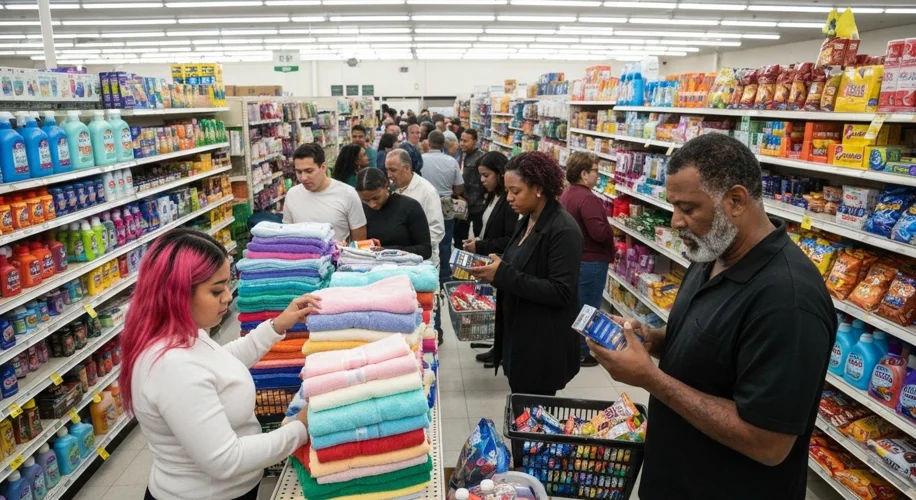It seems like everywhere I go these days, the local dollar store is bustling. More than just a place for a quick party supply run or a cheap seasonal decoration, these stores are seeing a significant uptick in shoppers. But why? As someone who’s spent a career watching how technology and economic shifts shape our lives, I’ve been observing this trend with interest.
At its core, this shift reflects a broader economic reality many Americans are navigating. With the cost of everyday goods continuing to climb, consumers are naturally looking for ways to stretch their budgets further. Dollar stores, with their consistent low prices, offer a clear solution. It’s not about luxury; it’s about making ends meet.
This phenomenon isn’t just about impulse buys anymore. People are strategically shopping at dollar stores for a wider range of necessities. We’re talking cleaning supplies, pantry staples, toiletries, and even basic apparel. This indicates a conscious decision to alter purchasing habits in response to economic pressures. Instead of a single large grocery trip at a traditional supermarket, consumers might be breaking down their shopping into smaller, more frequent trips to dollar stores to manage cash flow and avoid impulse buys that can happen with larger shops.
What’s interesting from a tech perspective is how these stores often operate with a simpler technological footprint compared to larger retailers. While many big box stores invest heavily in sophisticated inventory management, personalized apps, and self-checkout systems, dollar stores typically focus on efficient, no-frills operations. This lower overhead can translate directly into lower prices for consumers. It highlights that sometimes, less complex technology can be more effective for certain market segments.
Furthermore, this trend also touches upon accessibility. Dollar stores are often more prevalent in areas where other retail options might be limited or more expensive. This makes them a vital resource for many communities. For individuals and families who are highly budget-conscious, the proximity and affordability of dollar stores become critical factors in their weekly planning.
It’s a clear example of how economic forces can redefine consumer behavior. When people are looking for value above all else, they will adapt their shopping habits. The increased popularity of dollar stores isn’t just a retail trend; it’s a socio-economic signal, reflecting the financial realities many Americans are facing and their resourceful ways of adapting.
It makes you think about how deeply economic pressures can influence even the most routine aspects of our lives, and how different retail models thrive under different circumstances.

